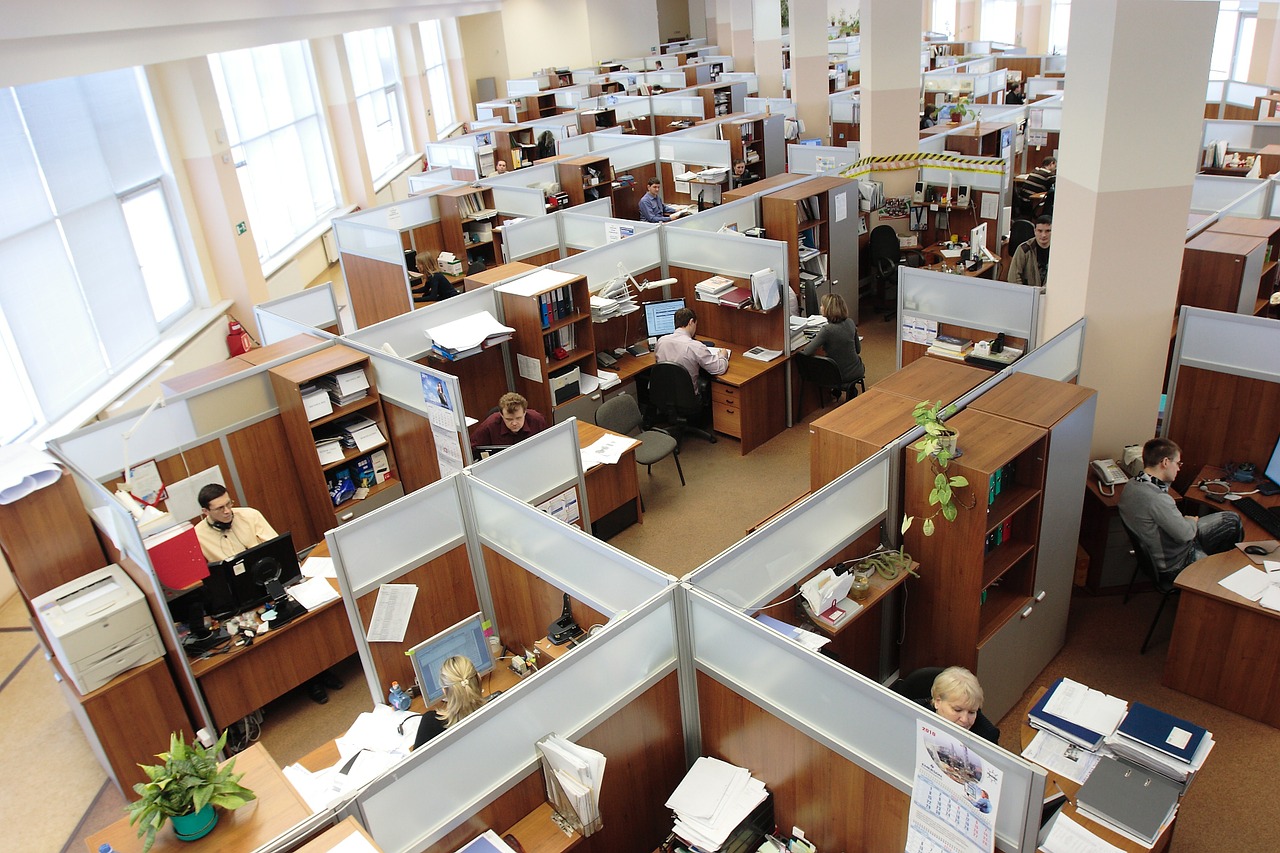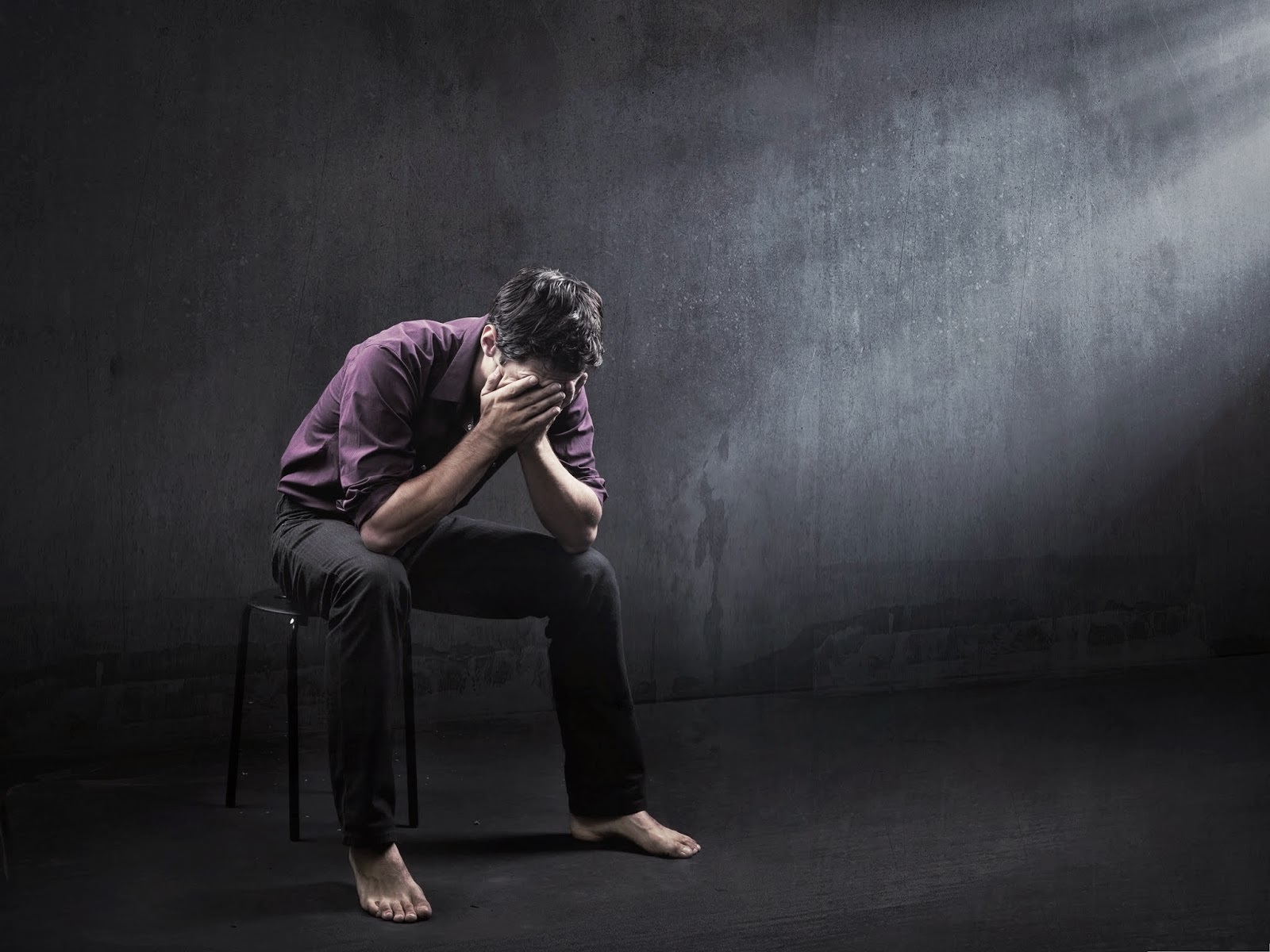The first thing that everyone in the business world needs to know about health and safety is the fact that it’s a result of a joint effort between the employer and the employees. It’s the job of an employer to provide infrastructure and organization, while the employees need to adhere to certain rules and principles. From the outside, it may seem like the employees only have rights but the list of their responsibilities may be quite extensive, as well. Sadly, not enough Australian entrepreneurs understand this in the right way. Other than this, the nature of the premises also determines quite a bit, which is why you need to read this brief guide to health and safety in the workplace.
- The organization of premises
The first thing you need to understand is that health and safety are two similar, yet, different topics. For instance, the temperature within the room, the ventilation and the amount of natural light reaching every work post affect the long-term health (both mental and physical) of your employees. On the other hand, they don’t pose an imminent and an immediate threat, which makes some people dismiss them as either irrelevant or as not-a-priority. Needless to say, both of these trends can be quite dangerous.
Other than this, some offices, due to flooring materials or other circumstances come with a higher slip or trip hazard. It’s the job of an employer to tend to these problems. Most commonly, we’re talking about uneven floor surfaces, unsuitable floor coverings, wet floors, trailing cables and, in some cases, even poor lighting. Either way, all of these problems are easy to mend and, seeing as how slip, trip and fall are the most common causes of accidents in the workplace, this alone can raise the overall safety to a whole new level.
-
Evacuation plan
Overall, there are some situations in which evacuating the building is the best and the safest course of action. Four most common types of such occurrences are natural disasters, spillage of hazardous substances, fire or a public safety threat. In this scenario, you need to have a well-planned evacuation plan and an assurance that everyone can execute it. The latter is ensured by regular drills and training of your employees. In order to get the most out of it, you should probably look for Sydney rescue courses and send some of your employees to attend. Ideally, you would have your entire staff to enlist, however, sending a person that you’ve appointed as a safety officer is just as good of an idea.
-
Employee duties
No matter how vigilant the employer is, they simply can’t tend to the maintenance of the place on their own. Clutter and the way in which they handle hazardous materials are two things that could seriously affect the level of hazard within the workplace. Nonetheless, it’s not the job of an employee to tend to each of these problems on their own. Sometimes, they merely have to report the problem. With the help of a near-miss reporting system, you can incentivize the initiative.
Still, there are other things that should be reported, as well. For instance, your employees need to report any case of bullying within the office, seeing as how it could also lead to both health and safety hazards. Other than this, remember when we talked about the issues such as light and temperature. If any of such features is inadequate, your employees should be ones to report this to their superior. Sure, there are some instances in which there’ll be nothing that a manager can do. However, if only a slight difference can be made to favour your employees you need to take this advantage.
-
Employee rights
While it would be both unreasonable and legally illogical to the request for one to work in a 100 per cent safe work environment, it’s the duty of an employer to have any potential risk properly controlled. What this means is that all the hazardous materials and dangers around the office need to be properly labelled and all employees provided with adequate safety equipment. In a scenario where an employee has a reasonable concern for their own safety and wellbeing, they need to be able to leave the spot without any fear of being disciplined for it. An employee also needs direct access to a safety officer which they can address in a moment of need.
-
Safety statement
Just in order to cover this topic on every front, your business needs to issue an official safety statement. This is a written program that’s meant to protect the safety of both employees and all visitors to the place of work. It needs to cover topics such as the hiring of talent, purchasing and handling of equipment and material and a few additional, relevant, topics. Most important of all is that you describe the way in which things are done around the office and to describe, to the last detail, the process of providing goods/services by your company.
-
Work-related stress
At the very end, there’s an issue that we’ve, so far, failed to address and that is the issue of work-related stress. The problem with this issue is the fact that people respond differently to different levels of stress. Moreover, stress doesn’t always show external signs but it can affect the frequency of errors, even accidents, in the workplace. It reduces one’s awareness and their focus on the task at hand, which is bad enough on its own.
In conclusion
As you can see, health and safety in the workplace are always a priority, however, what you do about it is much more important than how high it is on your theoretical list of priorities. Nonetheless, by investing a fair amount of effort in research and planning, you can create a near-flawless safety system with as little investment as possible. Just keep in mind that long-term effects on one’s health matter just as much, yet, for some reason, don’t receive nearly as much attention.
What do you think?
Advertisement








